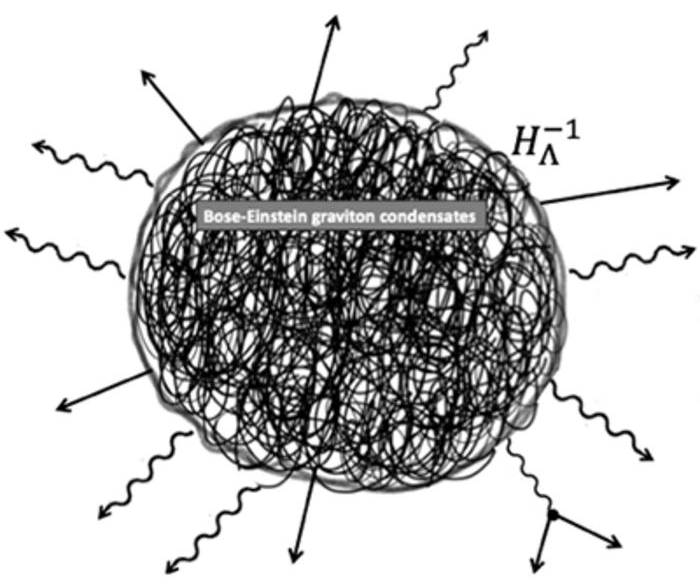A group of scientists led by specialist Raúl Jiménez, an ICREA researcher at the University of Barcelona's Institute of Cosmos Sciences (ICCUB), in partnership with the University of Padua (Italy), have proposed a ground-breaking theory regarding the universe’s origins in a study that was published in the journal Physical Review Research.

A team of scientists proposes a new model of cosmic inflation that reveals how gravity and quantum mechanics may be sufficient to explain how the structure of the cosmos came into being. Image Credit: University of Barcelona’s Institute of Cosmos Sciences (ICCUB)
The study presents a fundamental shift in our understanding of the initial seconds following the Big Bang, avoiding the speculative assumptions that physicists have usually made.
Unravelling the Mystery of the Origins of the Universe
For decades, cosmologists have operated under the inflationary paradigm, which proposes that the Universe expanded extraordinarily quickly, in a fraction of a second, paving the way for everything we see today.
However, this model has too many modifiable parameters (called the free parameters) that may be changed. Scientifically, this is problematic since it makes it impossible to determine if a model is genuinely predicting or merely adapting to the data.
The researchers made a huge breakthrough by proposing a model in which the early Universe does not require any of these arbitrary parameters. Instead, it begins with a well-established cosmic condition known as De Sitter space, which is compatible with current discoveries of dark energy.
Gravitational Waves: The Key to Understanding Cosmic Structure
The new model is not based on hypothetical fields or particles, such as inflation. It implies that spontaneous quantum fluctuations in space-time, gravitational waves, were sufficient to seed the minor density discrepancies that eventually gave rise to galaxies, stars, and planets. These ripples evolve nonlinearly, interacting and adding complexity over time, allowing for verified predictions based on real data.
For decades, we have tried to understand the early moments of the Universe using models based on elements we have never observed. What makes this proposal exciting is its simplicity and verifiability. We are not adding speculative elements, but rather demonstrating that gravity and quantum mechanics may be sufficient to explain how the structure of the cosmos came into being.
Raúl Jiménez, ICREA Researcher, Institute of Cosmos Sciences (ICCUB), University of Barcelona
These new findings indicate that humans may not require speculative ingredients to describe the universe, but rather a thorough knowledge of gravity and quantum physics. If the idea is proven, it might open up a new chapter in the comprehension of the Universe’s origins.
Journal Reference:
Bertacca, D., et al. (2025) Inflation without an inflaton. Physical Review Research. doi.org/10.1103/vfny-pgc2.